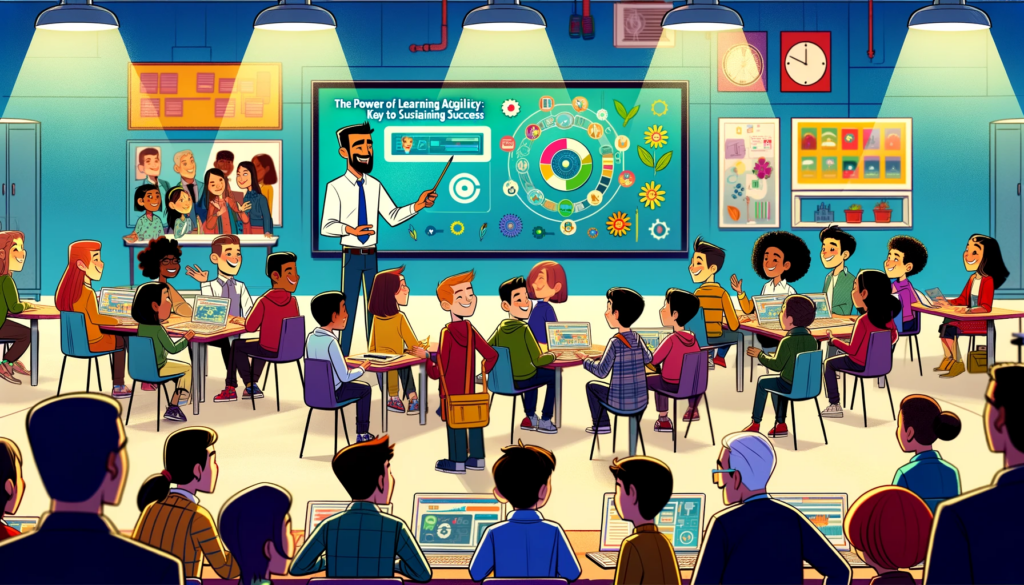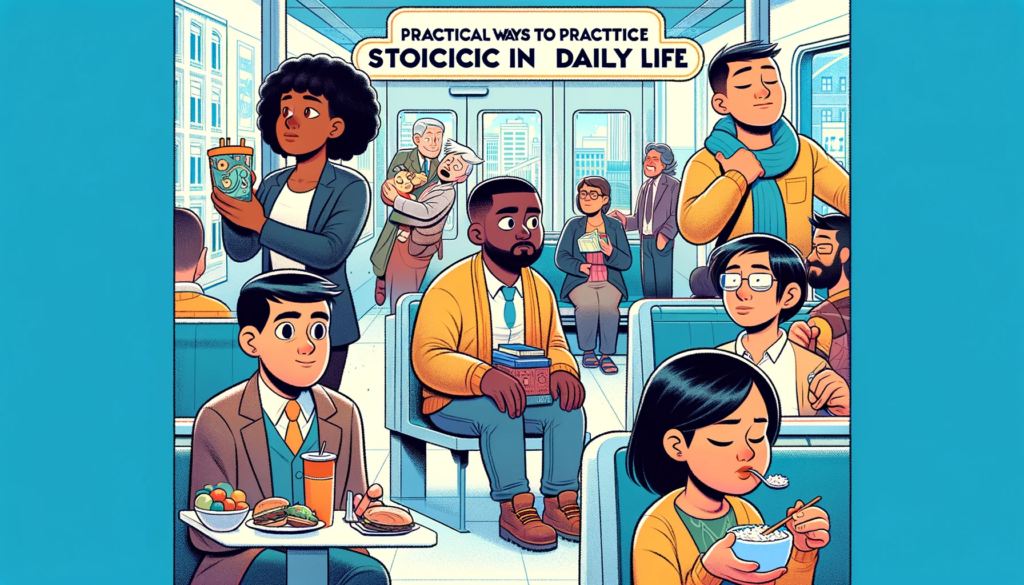
Introduction
In today’s rapidly evolving world, where change is constant and uncertainty is the norm, the ability to adapt and learn quickly is more critical than ever. As David Peterson, the director of executive coaching and leadership at Google, wisely puts it, “Staying within your comfort zone is a good way to prepare for today, but it’s a terrible way to prepare for tomorrow.” To sustain success, you must develop learning agility, a crucial skill that allows individuals and organizations to thrive in an ever-changing landscape.
Understanding Learning Agility
Learning agility is the capacity to learn, unlearn, and relearn effectively. It’s about being open to new experiences, actively seeking out opportunities for growth, and adapting to new challenges with resilience. In a world where technological advancements, market shifts, and unexpected crises are the norm, those who possess learning agility have a distinct advantage.
Why Learning Agility Matters
- Adaptation to Change: The business world is in a constant state of flux. Those who can quickly adapt to new technologies, market trends, and consumer preferences are better positioned for long-term success.
- Innovation and Creativity: Learning agility fosters innovation. When individuals are open to new ideas and approaches, they are more likely to come up with creative solutions to complex problems.
- Resilience: Resilience is a byproduct of learning agility. It enables individuals and organizations to bounce back from setbacks, learning from failures and using them as stepping stones to future success.
- Leadership Development: Effective leaders are those who continuously learn and grow. Learning agility is a fundamental trait of successful leaders, allowing them to lead with confidence in uncertain times.
Developing Learning Agility
So, how can one cultivate learning agility? Here are some strategies:
- Embrace Challenges: Seek out challenging projects or roles that push you out of your comfort zone. Embracing discomfort is often where the most significant growth occurs.
- Continuous Learning: Commit to lifelong learning. Stay updated with industry trends, enroll in courses, attend seminars, and read widely to broaden your knowledge base.
- Feedback and Reflection: Regularly seek feedback from peers and mentors. Reflect on your experiences and learn from both successes and failures.
- Networking: Connect with diverse groups of people, both within and outside your industry. Different perspectives can provide valuable insights and spark new ideas.
- Stay Curious: Maintain a curious mindset. Ask questions, explore new topics, and approach problems with a sense of wonder.
Parable: The Wise Gardener
Once upon a time, in a small village nestled among rolling hills, there lived a wise gardener named Sophia. Sophia had a lush and vibrant garden that was the envy of the entire village. People marveled at the colorful blooms and the bounty of fruits and vegetables that graced her garden.
One day, a young villager named Alex approached Sophia, eager to learn the secrets of her gardening success. Sophia smiled and agreed to share her wisdom. She began by showing Alex the careful attention she gave to each plant, explaining how she nurtured them with love and care.
But as the seasons changed, Sophia surprised Alex by uprooting some of her plants and replanting them in different areas of the garden. When questioned about this, Sophia explained, “You see, my dear, the soil’s nutrients change over time, and the sun’s path shifts with the seasons. To ensure the plants continue to thrive, we must adapt and find the best environment for their growth.”
Alex nodded, beginning to understand that the gardener’s success was not solely based on her initial choices but on her ability to adapt and learn from nature’s ever-changing conditions.
Years passed, and Sophia’s garden remained a vibrant masterpiece, while others in the village struggled to maintain their own gardens. They had clung to old methods and refused to adapt to the changing environment. Sophia’s garden became a symbol of learning agility, a testament to her willingness to unlearn and relearn the art of gardening as nature evolved.
The Moral
Just as Sophia adapted her gardening techniques to changing conditions, so must we adapt and evolve in our pursuits. In the ever-shifting landscape of life, business, and personal growth, learning agility is the key to enduring success. Like the wise gardener, we must be willing to uproot ourselves from our comfort zones, embrace change, and continuously seek new paths to thrive and flourish.
In the end, it’s not about where we start, but how we adapt and grow along the way.
Conclusion
In a world where change is the only constant, learning agility is the key to sustaining success. It’s not enough to rest on past achievements or stick to what’s comfortable. As David Peterson aptly states, “Staying within your comfort zone is a good way to prepare for today, but it’s a terrible way to prepare for tomorrow.” By embracing learning agility, individuals and organizations can not only survive but thrive in an ever-evolving future.
So, challenge yourself, stay curious, and never stop learning. In doing so, you’ll be well-prepared for the opportunities and challenges that tomorrow brings.



